Introduction to Blow Moulded Plastic Parts
Blow moulded plastic parts have become a cornerstone of various manufacturing industries, ranging from packaging to automotive applications. As a versatile and efficient production method, blow moulding enables the creation of hollow components that are lightweight yet durable. The process utilizes specific techniques to form these parts, allowing manufacturers to meet diverse functional and aesthetic needs. Understanding blow moulded plastic parts provides crucial insights into the broader landscape of manufacturing practices today.
What are Blow Moulded Plastic Parts?
Blow moulded plastic parts are hollow plastic objects created through a manufacturing process known as blow moulding. This technique involves inflating a heated plastic tube (often referred to as a parison) with compressed air until it fills the shape of a mould, thereby forming a hollow component. The result is a product that is not only lightweight but also has excellent structural integrity. Common items produced through this method include bottles, containers, and various automotive parts.
The Importance of Blow Moulding in Modern Manufacturing
The blow moulding process has revolutionized the production of plastic parts by providing rapid manufacturing cycles with minimal material waste. This efficiency offers manufacturers cost advantages, which is especially paramount in competitive markets. Furthermore, the versatility of blow moulding allows for a range of finishes and designs, making it suitable for products that require both utility and aesthetic appeal. As industries increasingly emphasize sustainability, blow moulding also caters to the growing demand for recyclable materials. Thus, the significance of blow moulding stretches beyond just cost-effectiveness; it plays a vital role in promoting sustainable product engineering.
Common Applications of Blow Moulded Plastic Parts
Blow moulded plastic parts are found in a myriad of applications across different sectors. Some common uses include:
- Packaging: Many consumer goods, such as shampoos, detergents, and food products, are packaged in blow moulded containers due to their lightweight and durable properties.
- Automotive Parts: The automotive industry uses blow moulding for creating components like dashboards, air ducts, and fuel tanks, all of which benefit from the process’s efficiency and durability.
- Consumer Products: Blow moulded products such as toys and storage bins leverage the process to produce lightweight and colorful designs.
- Construction: In construction, blow moulding aids in producing piping and fittings that are resilient to environmental conditions.
The Blow Moulding Process Explained
Overview of Blow Moulding Techniques
The blow moulding process can be categorized into three main techniques: extrusion blow moulding (EBM), injection blow moulding (IBM), and injection stretch blow moulding (ISBM). Each technique has distinct steps and applications:
- Extrusion Blow Moulding (EBM): This technique involves extruding a plastic parison, which is then inflated in a two-part mould. This method is favored for producing large quantities of substantial hollow items.
- Injection Blow Moulding (IBM): Here, a preform is first created in a separate injection mould and then transferred to the blow mould for shaping. This method offers precise control over the dimensions and is ideal for smaller items such as bottles.
- Injection Stretch Blow Moulding (ISBM): Combining injection and blow moulding, this technique is primarily used to produce high-strength products like PET bottles, where the plastic is stretched during the blowing process.
Materials Used in Blow Moulding
The choice of materials in blow moulding is fundamental to the final product’s characteristics. Commonly used materials include:
- Polyethylene (PE): Available in various densities (HDPE, LDPE), PE is popular due to its flexibility and resistance to impact.
- Polypropylene (PP): Known for its high chemical resistance and strength, PP is ideal for items that may encounter harsh conditions.
- Polyethylene Terephthalate (PET): Widely used for beverage bottles, PET offers excellent clarity and barrier properties.
- Polyvinyl Chloride (PVC): PVC is favored in various applications due to its durability and low cost, making it useful in construction and plumbing.
Understanding Different Types of Blow Moulding
Understanding the different types of blow moulding can help manufacturers select the appropriate method for their specific requirements. Each type caters to unique product specifications, volume needs, and overall cost-effectiveness.
Choosing the Right Blow Moulded Plastic Parts
Factors to Consider When Selecting Materials
When choosing materials for blow moulded plastic parts, several factors should be evaluated:
- Application Requirements: The intended use of the product informs the material choice, with considerations for flexibility, impact resistance, and chemical exposure.
- Cost Efficiency: Material costs can significantly influence the overall project budget. An analysis of performance versus cost is important.
- Sustainability: With growing concerns about environmental impact, opting for recyclable and eco-friendly materials can enhance brand reputation and compliance with regulations.
Cost Considerations for Blow Moulded Parts
The cost of producing blow moulded parts encompasses several elements, including:
- Material Costs: The choice of resin directly affects production expenses, with factors such as market demand and material properties influencing price fluctuations.
- Production Efficiency: Understanding the cycle times of different moulding methods can help businesses optimize production schedules and reduce costs.
- Mould Cost: Investing in high-quality moulds is imperative, as they are key to ensuring product consistency and reducing defect rates.
Quality Assurance and Testing Methods
Quality assurance is critical in the production of blow moulded plastic parts. Various testing methods can ensure that the final products meet industry standards:
- Visual Inspection: A simple yet effective way to identify surface defects or inconsistencies.
- Dimensional Testing: Ensures that the component adheres to specified design dimensions and tolerances.
- Mechanical Testing: Evaluates the strength and durability of the product under simulated real-world conditions.
Industry Insights and Innovations
Recent Trends in Blow Moulded Plastic Manufacturing
Current trends in blow moulding are largely driven by innovation and a focus on sustainability. Here are some noteworthy developments:
- Increased Use of Recycled Materials: Many companies are incorporating recycled plastics to reduce waste and minimize their carbon footprint.
- Smart Technology Integration: Automation and smart technologies are enhancing production efficiency through real-time monitoring of processes.
- Focus on Lightweight Products: The demand for lighter packaging solutions continues to grow, prompting innovations in blow moulded design.
Technological Advances in Blow Moulding Equipment
Technological advances continue to transform blow moulding equipment, resulting in higher performance and increased efficiency. Key developments include:
- Energy-Efficient Machines: New machines are designed to consume less energy while maintaining high output rates.
- Enhanced Control Systems: Advanced control systems allow for better process monitoring and control, leading to improved product quality.
- Multi-Stage Processing: Innovations such as multi-stage blow moulding enhance production capabilities by allowing various processes to occur simultaneously.
Future Prospects for Blow Moulded Plastic Parts
The future landscape of blow moulded plastic parts looks promising, with continuous innovation and adaptation to market demands. Predictive analytics and machine learning may soon play a larger role in optimizing production processes, while sustainability practices will remain a primary focus. Additionally, as industries seek more customized solutions, the ability to create innovative blow moulded products will define competitive edges in various markets.
Case Studies: Success Stories in Blow Moulding
Innovative Uses of Blow Moulding in Various Industries
Several industries have realized significant benefits from implementing blow moulded products. A few notable examples include:
- Beverage Industry: Companies have adopted blow moulding to produce lightweight, durable bottles that maintain product integrity while reducing shipping costs.
- Healthcare Sector: The demand for disposable medical containers has surged, with blow moulding providing a reliable solution for hygienic, single-use products.
- Consumer Electronics: Durable and lightweight housings for electronic devices have been successfully produced with blow moulding, catering to design and manufacturing efficiency.
Comparative Analysis of Blow Moulding vs. Other Manufacturing Processes
To provide context, it’s beneficial to compare blow moulding with other manufacturing processes such as injection moulding and rotational moulding:
- Injection Moulding: Best suited for solid parts and high precision applications, yet it typically has longer cycle times and higher material costs compared to blow moulding.
- Rotational Moulding: While effective for creating large hollow parts, it generally involves longer setup times and slower production rates than blow moulding.
Lessons Learned from Blow Moulded Products
Through various real-world applications, companies have drawn valuable lessons regarding product design and manufacturing processes. Emphasizing user-centric design not only enhances product functionality but also improves market acceptance. Additionally, maintaining stringent quality control processes is crucial to ensuring product reliability and customer satisfaction. Evolving regulatory standards also necessitate that manufacturers stay ahead of compliance requirements while leveraging blow moulding technologies.
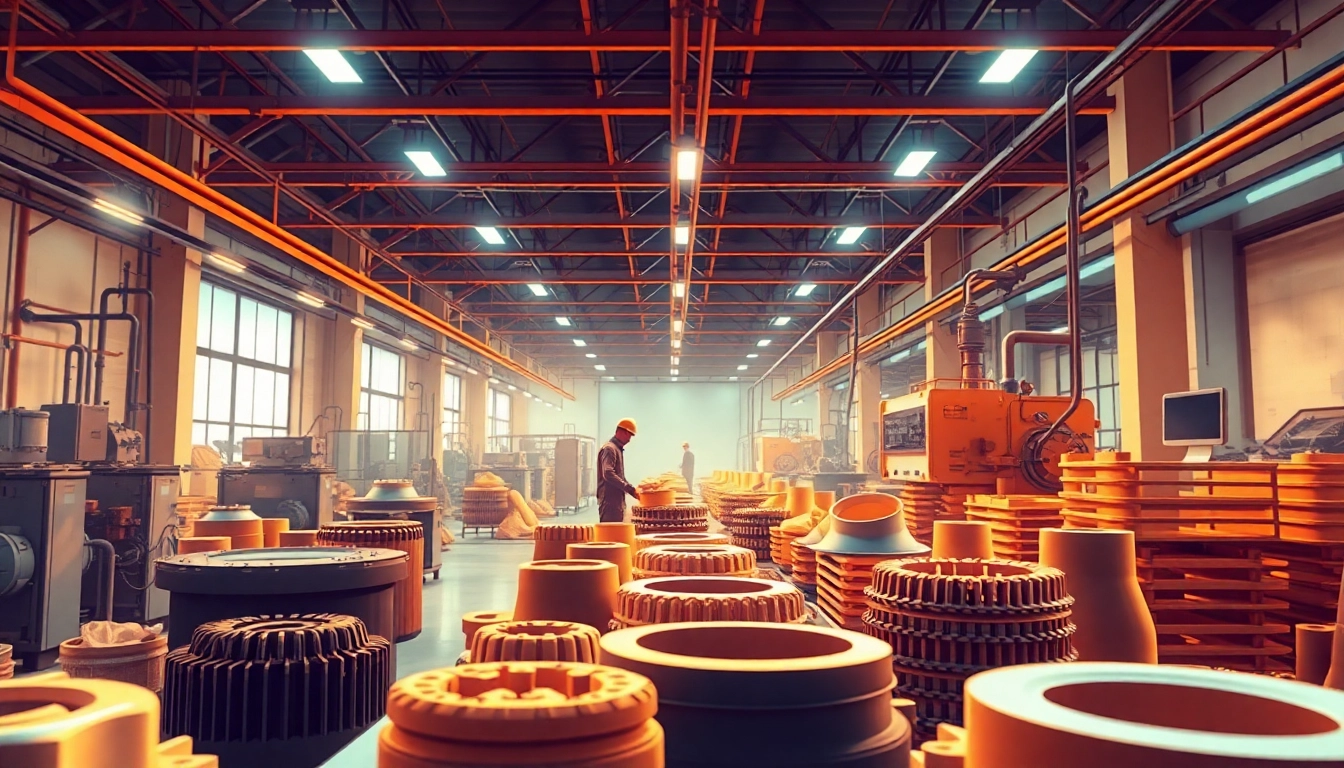
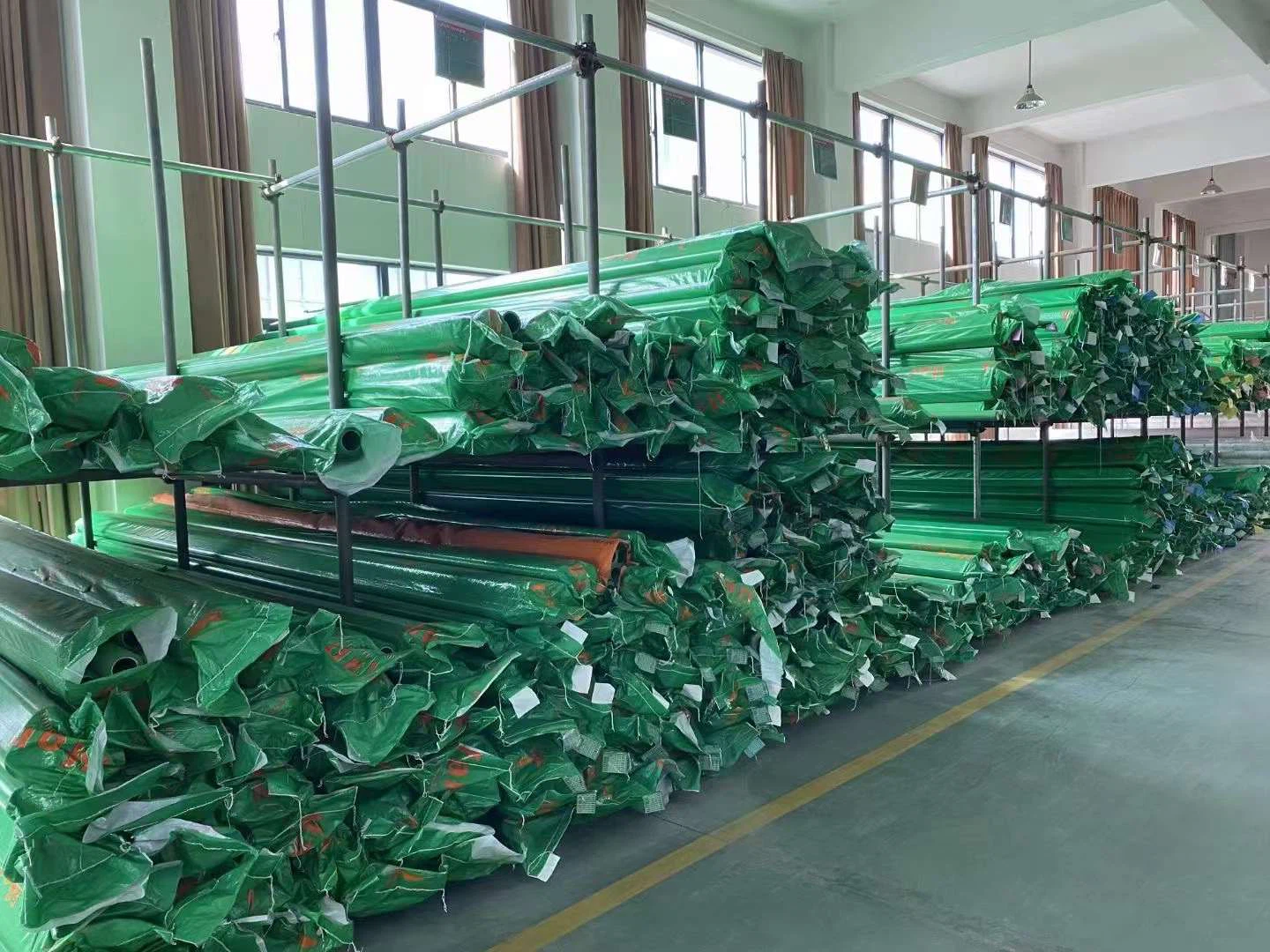
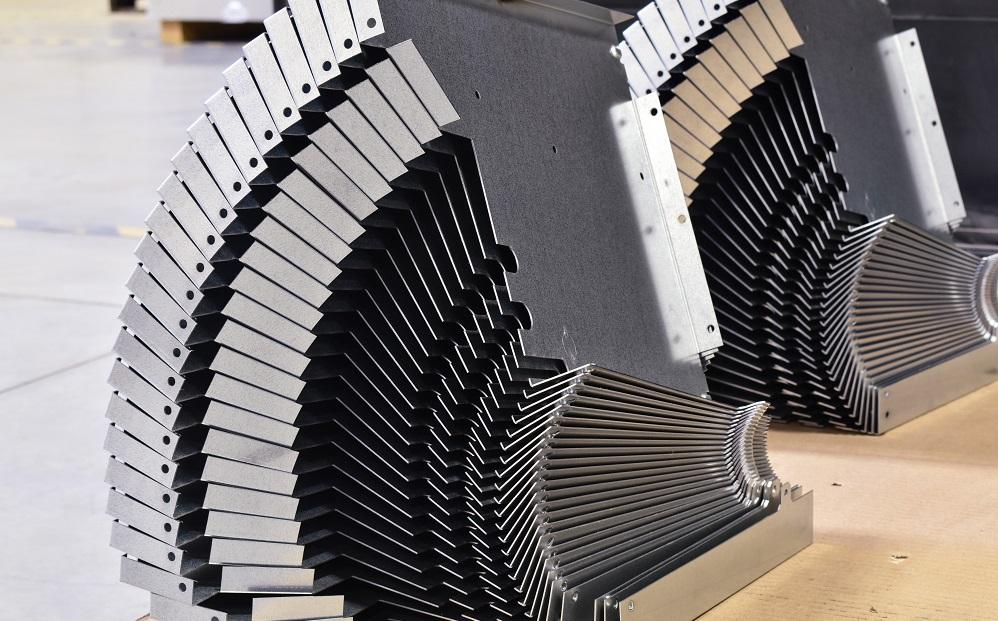
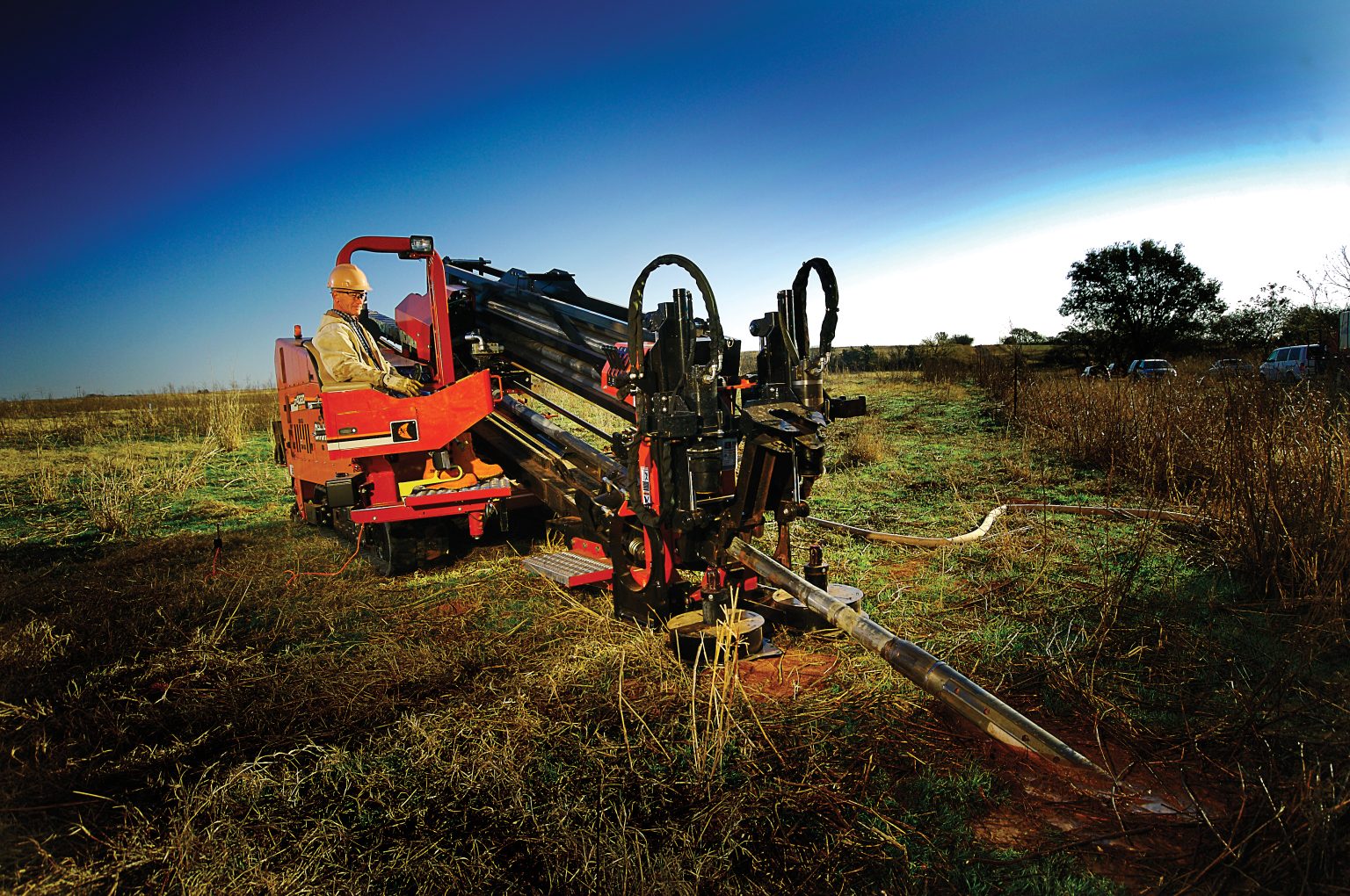
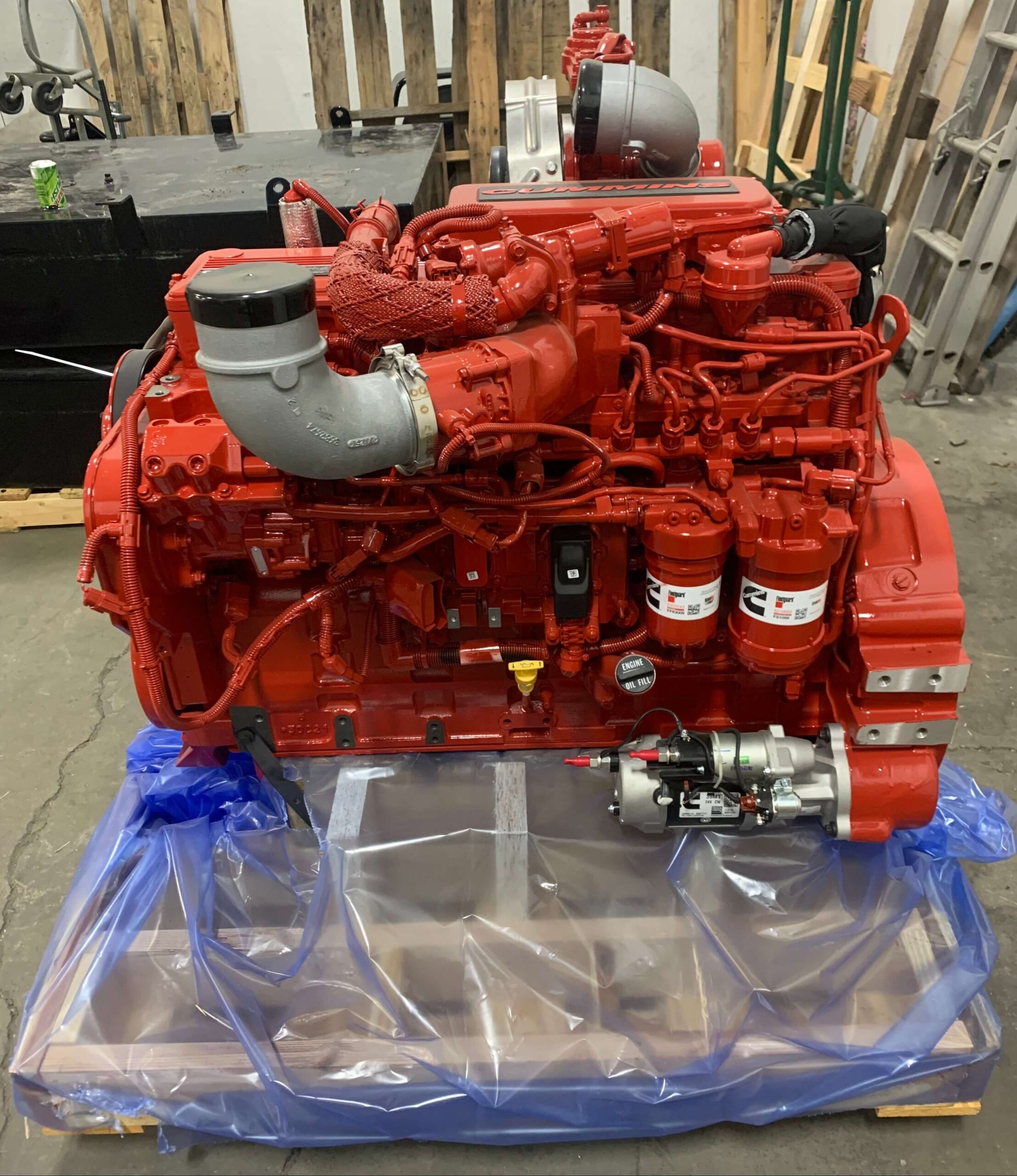




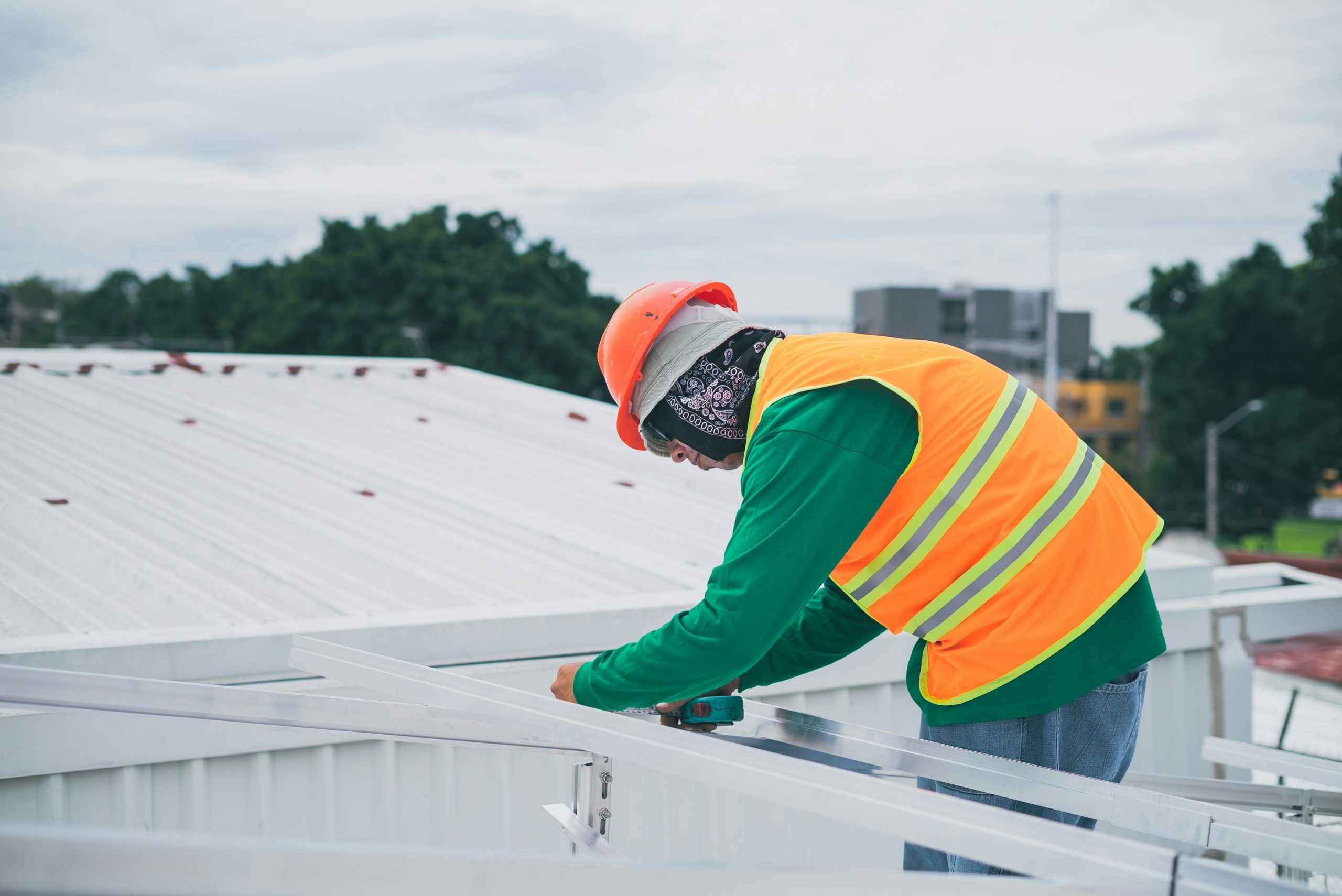
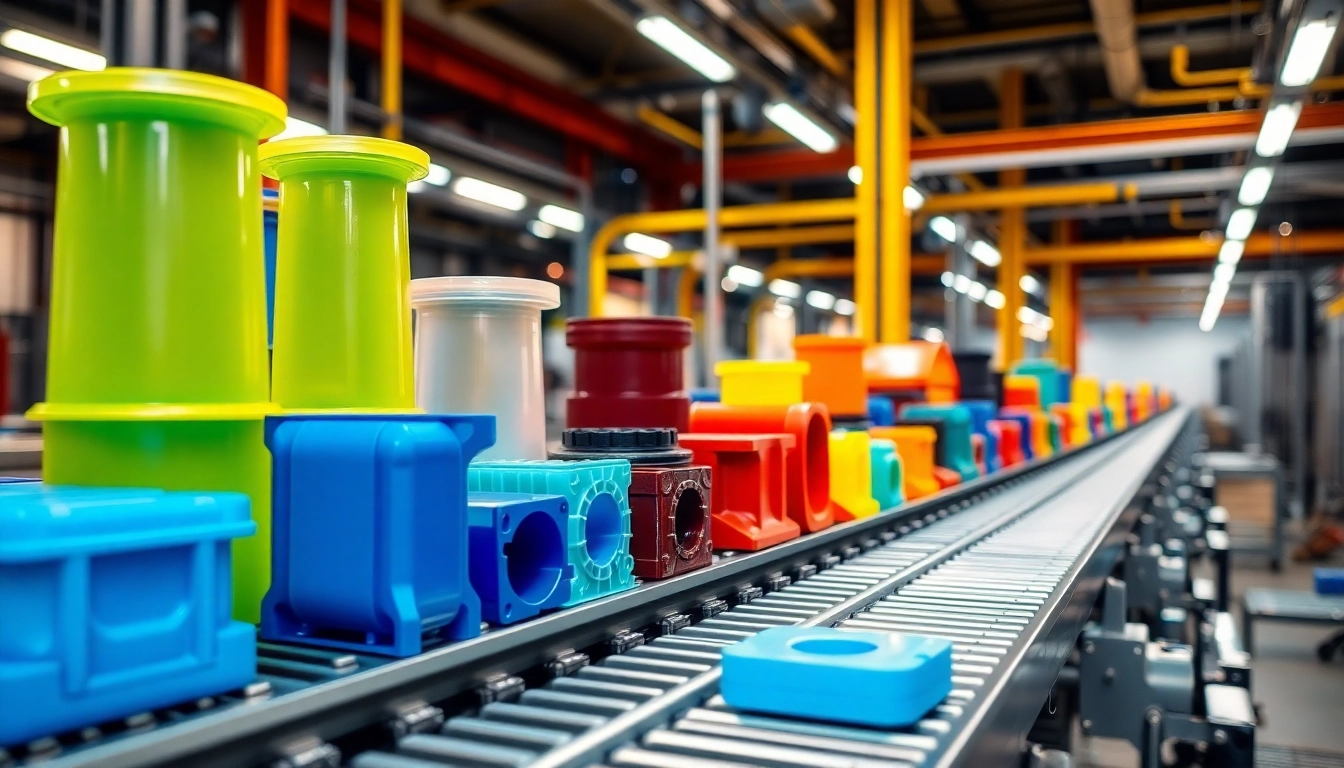
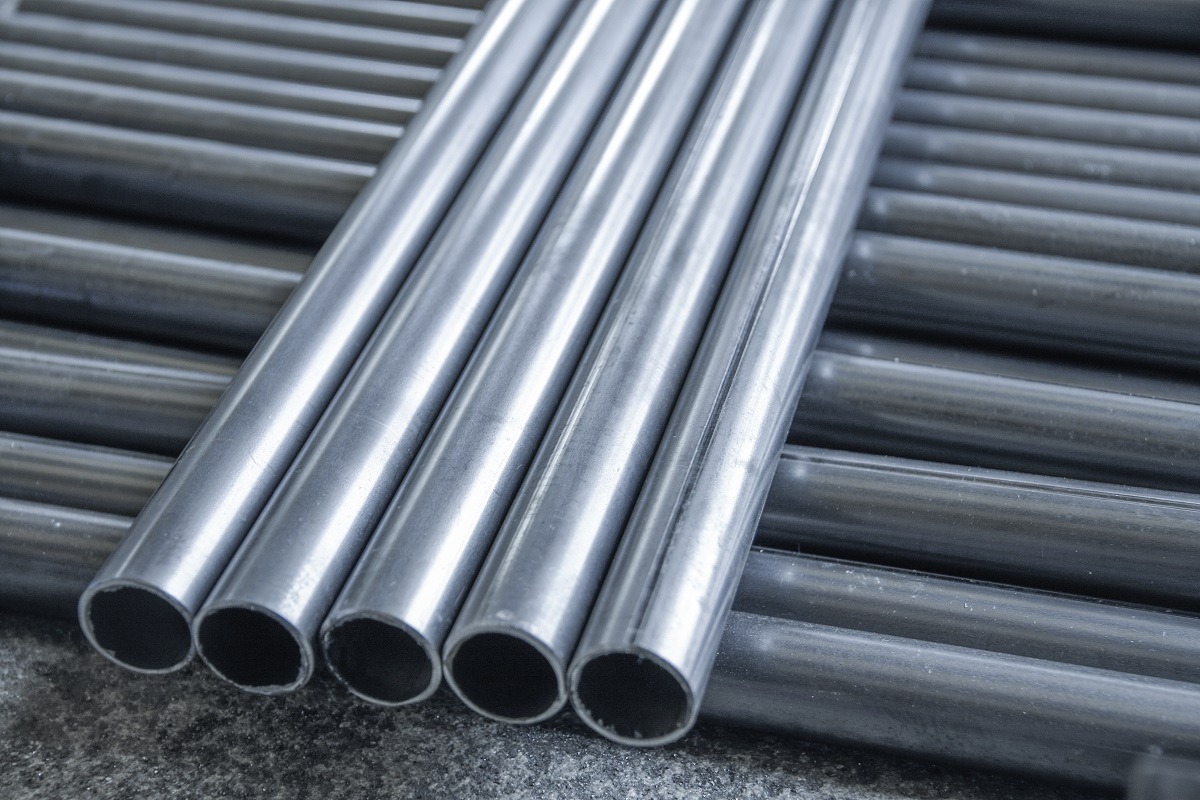



Leave a Reply